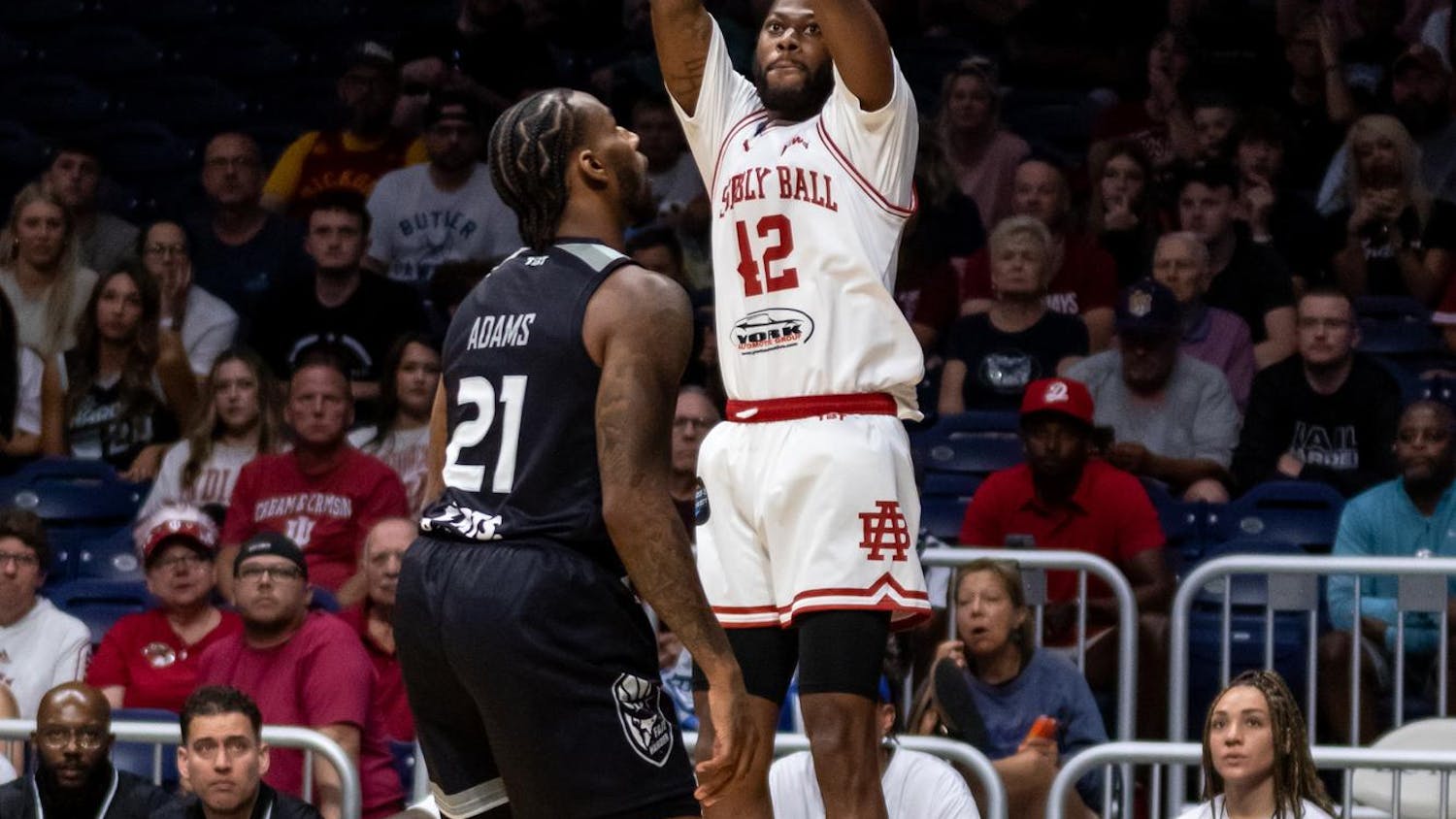When he woke up on Nov. 21, Steve Hamilton, the athletics director at Hart Lakeshore Academy in suburban Detroit, was not happy.\nHe had just seen his girls' basketball team lose its state tournament playoff opener to Walkerville High School. The loss couldn't have surprised Hamilton since the team hadn't won a game all season.\nBut the score had him seeing red. 115-2. That's right, 115-2.\n"To me, if you run up the score like that, you have to answer for yourself," Hamilton said the next day. "I have my doubts about a school that would go and run up a school by 100 points."\nActually, it was 113 points, Mr. Hamilton, but who's counting?\nBefore you get too outraged, consider this. Walkerville coach Steve Kirwin told only the three players on the team who had not scored in the first half to shoot in the second half. He never applied the team's typical pressure defense. He played girls from the junior varsity. When Lakeshore was still overmatched, he started playing girls from the freshman squad. Kirwin, who normally avoids scheduling games against helpless opponents like Lakeshore but had to play them according to the playoff bracket, ran out of ideas.\nWalkerville athletics director Ron Stoneman defended Kirwin after the game saying, "It had the potential to be really, really bad." So how many "reallys" go before "bad" when the score is only 115-2?\nIn a lot of ways, this beating is symptomatic of something larger. (Would I be writing about it if it weren't?) That is, there seems to be a large competitive disparity in women's sports. Even basketball, the most popular participant sport among American women today, has its problems.\nWhile 115-2 is outrageous, check any newspaper and look at girls' high school basketball. Hardly uncommon are games with final scores like 90-24, 75-30 or 82-19. There seems to be some sort of dichotomy going on here. One team is trying to win, and the other team has more modest goals.\nAnd events in recent days show that it is also women's college basketball that has these types of blowouts. Last Thursday, the Purdue women's team nipped Savannah State, 103-25. Last Friday, Tennessee edged Puerto Rico-Mayaguez, 136-26.\n(I think the standard punch line right about now, especially if you have watched Saturday Night Live in the last ten years would be in your best Chicago accent to say, "Wit' or wit' out Ditka?")\nWhile men may take a win-at-all-costs attitude, women have always placed a greater emphasis on participation sports and having fun. While certainly not meant as a blanket statement, women can usually derive fun from physical exercise and activity more easily.\nThere's absolutely nothing wrong with that. Unfortunately, though, this gets misconstrued in the expectation that we expect our female athletes to be overtly feminine, and that's not fair either. While basketball is the most popular participant sport among women, the most televised sport featuring women remains figure skating, a sport where having a fake smile is part of one's "artistic impression" score and a sport where beauty and femininity are far too emphasized at the expense of wanting to win.\nIn women's basketball, Geno Auriemma's Connecticut Lady Huskies and Pat Summitt's Tennessee Lady Volunteers have dominated the way UCLA dominated men's basketball from the mid-'60s to the mid-'70s. In the mid-'70s, the game became popular nationally. More schools started taking men's basketball seriously, and we are now at a point where 10-15 teams enter the NCAA Tournament each year with a chance to win. Who is to say it won't be this way with women's basketball?\nWell, funny I asked.\nThe Women's Sports Foundation, the leading organization in the U.S. dedicated to women's sports issues, has always made it no secret that women often have different sporting goals than men. In fact, Mariah Burton Nelson, a former pro basketball player and respected women's sports scholar, wrote the following in both Working Woman magazine and on the Women's Sports Foundation Web site: "Those of us who are too competitive -- whether we express our obsessions in athletic arenas or business meetings or around the family dinner table -- hurt ourselves: our bodies, our integrity, our chances for happiness and success. We also hurt others: the loved ones we ignore because we're too fixated on victory (and) the rivals we cheat because winning becomes the only thing."\nPerhaps the Lakeshore coach read this to the team prior to the game.
Women's sports still lack something
Get stories like this in your inbox
Subscribe





